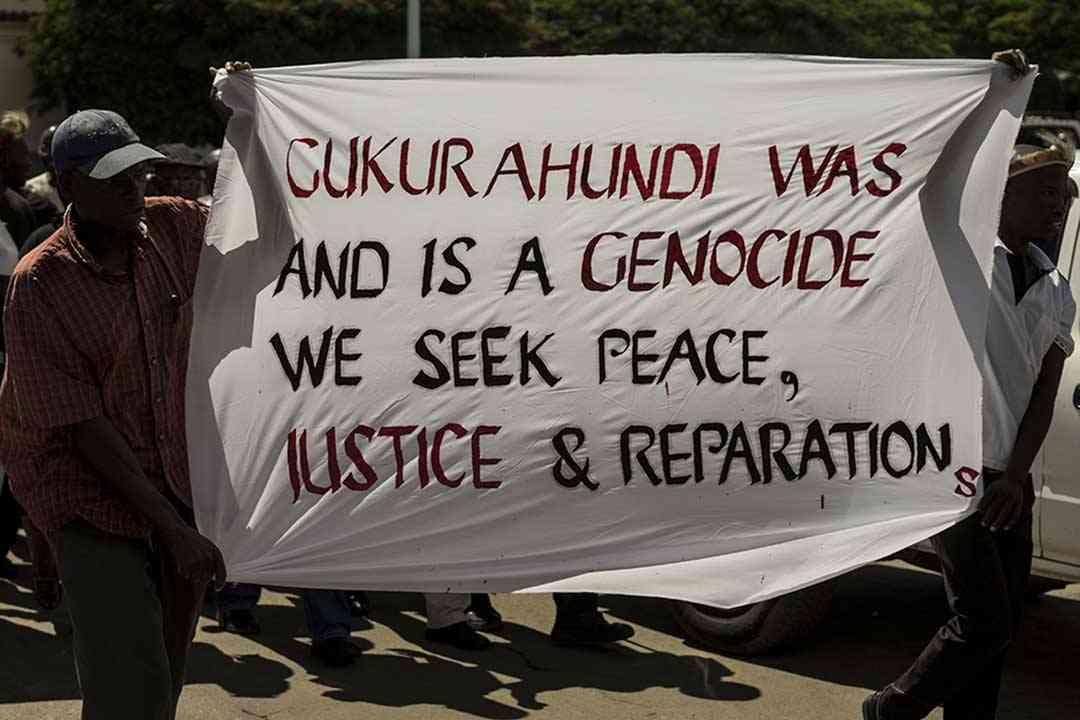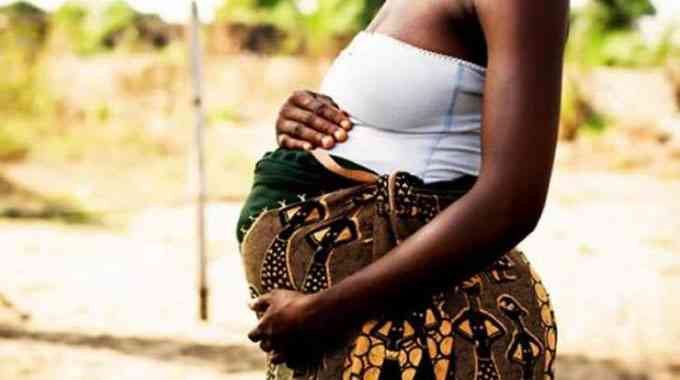
ZIMBABWE is one of the seven countries in southern Africa that has made strides in raising HIV and Aids awareness, with 95% of those infected aware of their status and taking medication, a new report has shown.
According to the latest UNAids report released this week, the global HIV response has made significant strides in reducing infections and Aids-related deaths, but substantial challenges remain in achieving the goal of ending Aids as a public health threat by 2030.
The report reveals that an estimated 1,3 million people acquired HIV in 2024, a 46% decline from the peak in 2010.
“As of December 2024, seven countries — Botswana, Eswatini, Lesotho, Namibia, Rwanda, Zambia and Zimbabwe — had achieved the 95-95-95 targets, a significant milestone in the global HIV response,” the report read.
“These countries have demonstrated that it is possible to achieve high levels of HIV diagnosis, treatment, and viral suppression, and their successes must be maintained and further scaled up.
“But it also shows that huge gaps in HIV prevention remained, with 1,3 million new infections in 2024 — almost unchanged from the year before.”
In sub-Saharan Africa, home to half of all new HIV infections, five countries are on track to achieving a 90% decline in new infections by 2030 compared to 2010.
“Five countries, mostly from sub-Saharan Africa, were on track to achieve a 90% decline in new infections by 2030 compared to 2010,” read the report.
- Mavhunga puts DeMbare into Chibuku quarterfinals
- Bulls to charge into Zimbabwe gold stocks
- Ndiraya concerned as goals dry up
- Letters: How solar power is transforming African farms
Keep Reading
The provision of antiretroviral therapy has led to a rebound in life expectancy from 56,5 years in 2010 to 62,3 years in 2024 in the region.
Despite progress, the report notes that the decline in new infections and Aids-related deaths has slowed in recent years.
“The global HIV response faces new challenges, including geopolitical shifts, climate change shocks, and economic inequalities,” it stated.
‘Funding for HIV prevention and treatment programs is declining, and many governments lack the political will to provide HIV-related services and protection for vulnerable populations.”
The report stated that in 2024, 630 000 people died from Aids-related causes, a 54% decline from 2010.
“Globally, about three-quarters of the 40,8 million people living with HIV were receiving antiretroviral therapy, and 73% had suppressed viral loads.”
However, more than 620 000 children living with HIV were not receiving antiretroviral therapy.
The report highlights persistent gaps in HIV treatment and prevention, particularly among key populations such as sex workers, gay men and people who inject drugs.
Adolescent girls and young women in sub-Saharan Africa continue to face a disproportionately high risk of HIV infection, with an estimated 210 000 new infections occurring among this group in 2024.
“Barriers and inequalities, including stigma, discrimination, punitive laws, gender inequalities, and violence, are holding back progress against HIV,” the report said.
The report’s authors emphasised that addressing these gaps and inequalities is critical to achieving this goal.
The report notes that eastern and southern Africa, the region most affected by the HIV pandemic, has continued to make progress in the HIV response, accounting for 52% of the global HIV burden.
However, this progress is at risk of being reversed due to recent reductions in funding for the HIV response.
“The progress made in the HIV response in eastern and southern Africa is fragile and could be reversed if funding is not sustained,” the report read.
“Countries with large HIV epidemics have shown considerable declines in the number of new HIV infections, but trends in some smaller epidemics, especially in the Indian Ocean islands, have shown increases.”
With 9,2 million people living with HIV globally not receiving HIV treatment in 2024, the report calls for a renewed commitment to the global HIV response, including increased funding and support for HIV prevention and treatment programs.
The report’s findings and recommendations will be crucial in informing the development of effective strategies to end Aids as a public health threat by 2030.










